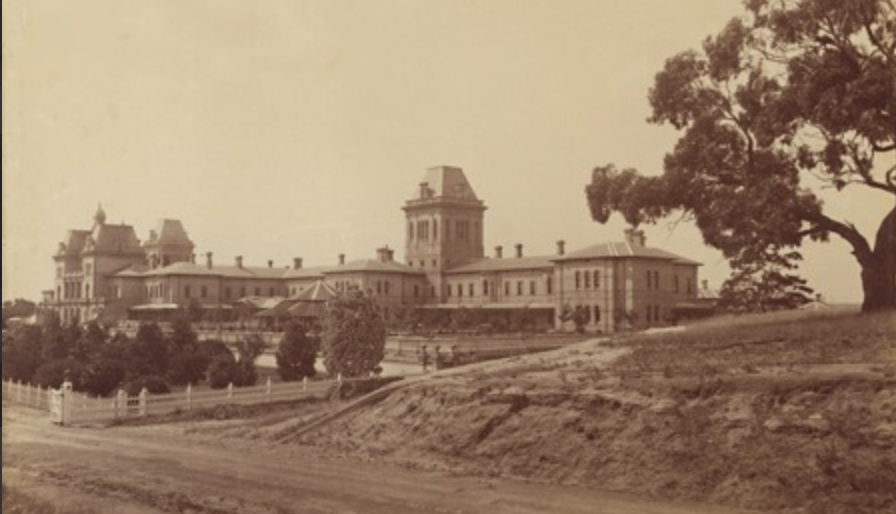What is to be done about junktified art
- Andrew McIlroy
- Sep 8, 2022
- 3 min read
Updated: Nov 12, 2022

"And when we begin to shame them, they retort: What backward people you are! Are you not ashamed to deny us the liberty to invite you to take a better road! Oh yes, gentlemen! You are free not only to invite us, but to go yourselves wherever you will, even into the marsh. In fact, we think that the marsh is your proper place, and we are prepared to render you every assistance to get there."
Vladimir Ilyich Lenin, 'What is to be done'
Vladimir Ilyich Lenin was not averse to vitriolic retaliation in the least when faced with criticism, even if the root of his Communist Manifesto relied heavily on an appropriation and indeed misrepresentation of the ideas of others.
Appropriation in art too has always been controversial, and at times accompanied by a backlash against those that dare question its legitimacy.
Artists deliberately copying or altering images into their art is not stealing or plagiarising, but does draw criticism with some seeing appropriation as unoriginal or as theft.

In an era where social media challenges our viewpoints and iconography, art continues to take various forms, yet still owes much to those that have come before.
There is art that beholds beauty; art that portrays emotion; art that plays on a familiar theme; or, art that sends a message. But one recent phenomena risks offending all this.
Junktified art is an artform increasingly dotting our galleries’ walls that deliberately seeks to rub an artist’s junk on or alongside an object that belongs to another artist without regard to their intentions, and determined to cause distress.


Certainly, it is important to protect an artist’s right to speak their mind. But it is another thing altogether to trash an acclaimed artist’s work, ignoring the context in which it was created, all for the sake of viewing art through a more acceptable, contemporary lens.
We have seen in recent years art exhibitions directed at controversial social issues, intended to shine a light on the wrongs of the past and that perhaps continue today.
But this seemingly well-intended format is often muddied with angry, polarising junked imagery that offends more than it heals.
What junktified art lacks more often than not is originality and seeing it through an alternative lens does nothing to improve upon this oversight.
Nor does intermingling such unimaginative contemporary work with the work of past masters to similarly attempt a simplistic point about the outdated values of another time, such as colonialisation for example.

Abdul Abdullah, 'A terrible burden' (2019) Photo: Art Gallery of New South Wales
Artists labouring in this fashion frequently overestimate their abilities and skills, casting themselves as better than others to such a degree that violates or offends others.
And while sadly all of us have pockets of delusion we perhaps don’t recognise, artists who lack knowledge and skill it seems do fail to recognise their short-comings, self-adjudicate their artwork or acknowledge their potential harm.
Artists that see themselves as making thought-provoking art while mocking others or denigrating the art of other artists perhaps making statements they disagree with are often caught in a bubble of inaccurate self- perception.
Recent experience would suggest these artists are resistant to feedback. But perhaps by being more open to learning about their audiences they will be less likely to have invisible holes in their competence or produce such forgettable art.
Afterall we all need less junk in our lives.
Main photo: Anne Zahalka’s photomontage 'Down on his Luck'



Comments